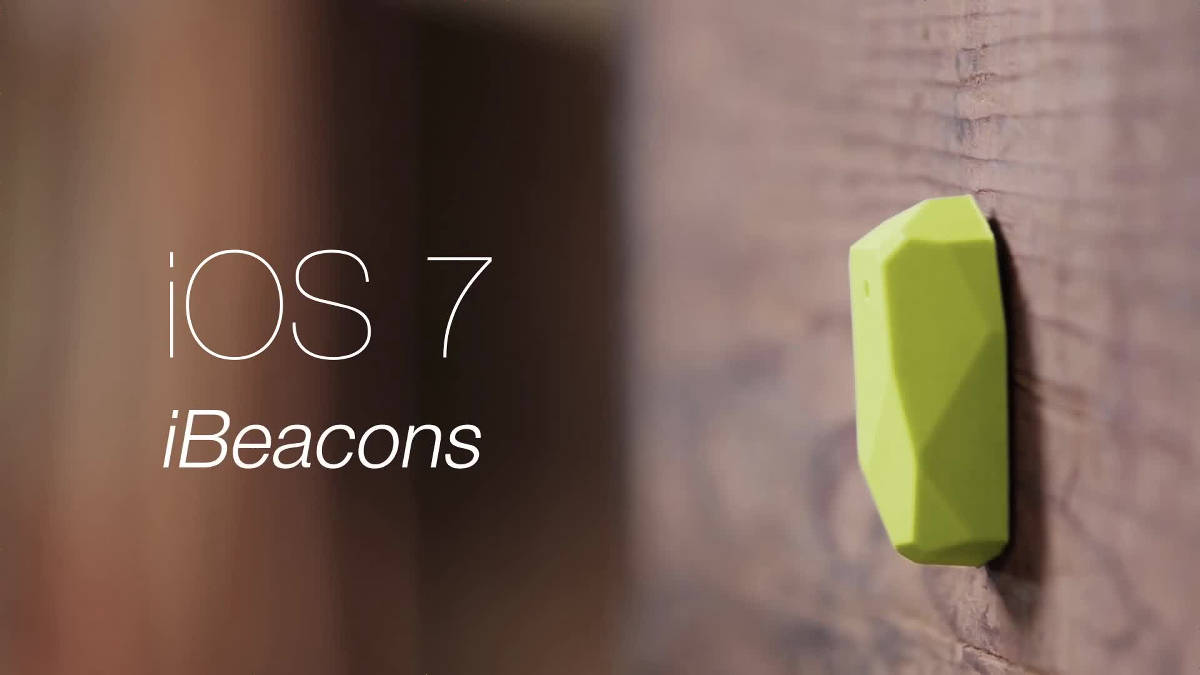iBeacons haven’t exactly caught on as Apple hoped, and neither have the similar smartphone-communicating beacons launched by other companies like Google.
But why has beacon adoption slowed to “a trickle?” A new report lays out several possible explanations.
A report by Venturebeat notes that beacons got off to a strong start when they launched in 2015. At the start of this year, roughly 4 million were active, representing a 900 percent increase in just three years. Places like sport stadiums and department stores have proven particularly open to the technology.
However, while all of that sounds promising, the technology just hasn’t caught on with customers. Having the devices available is one thing, but having them used by customers is, it seems, very different.
Part of the problem is that it’s difficult to convince customers to download apps to receive notifications, even when these potentially involve discounts. There’s also low awareness of the technology, with 70 percent of people not knowing about them. In addition, power and range limitations affect success, as does the deployment of the technology to get it up and running in the first place. Finally, there are privacy concerns, since locations are not necessarily great at revealing exactly what information is being tracked.
The article notes that:
“Google this week did away with Nearby Notifications, following on the heels of its decision to gut support for Eddystone from Android and Chrome in October 2017. In the years since Eddystone and Apple iBeacon were introduced, beacon adoption among brick and mortar chains has slowed to a trickle. Now only a handful of brands — Target, Starbucks, and Walmart, to name a few — continue to invest in beacons.”
Apple introduced iBeacons during its 2013 Worldwide Developer Conference (WWDC) event in San Francisco. The technology uses Bluetooth Low Energy (BLE) to broadcast signals to iOS devices on a special network. They can then be used to reveal which areas customers linger in, when they enter and exit these zones, and then trigger alarms or notifications.
It’s a neat technology — at least in theory. However, it seems that beacons may simply be the wrong technology at the wrong time.
Did you ever use iBeacons? What were your thoughts on the technology? Let us know in the comments below.


